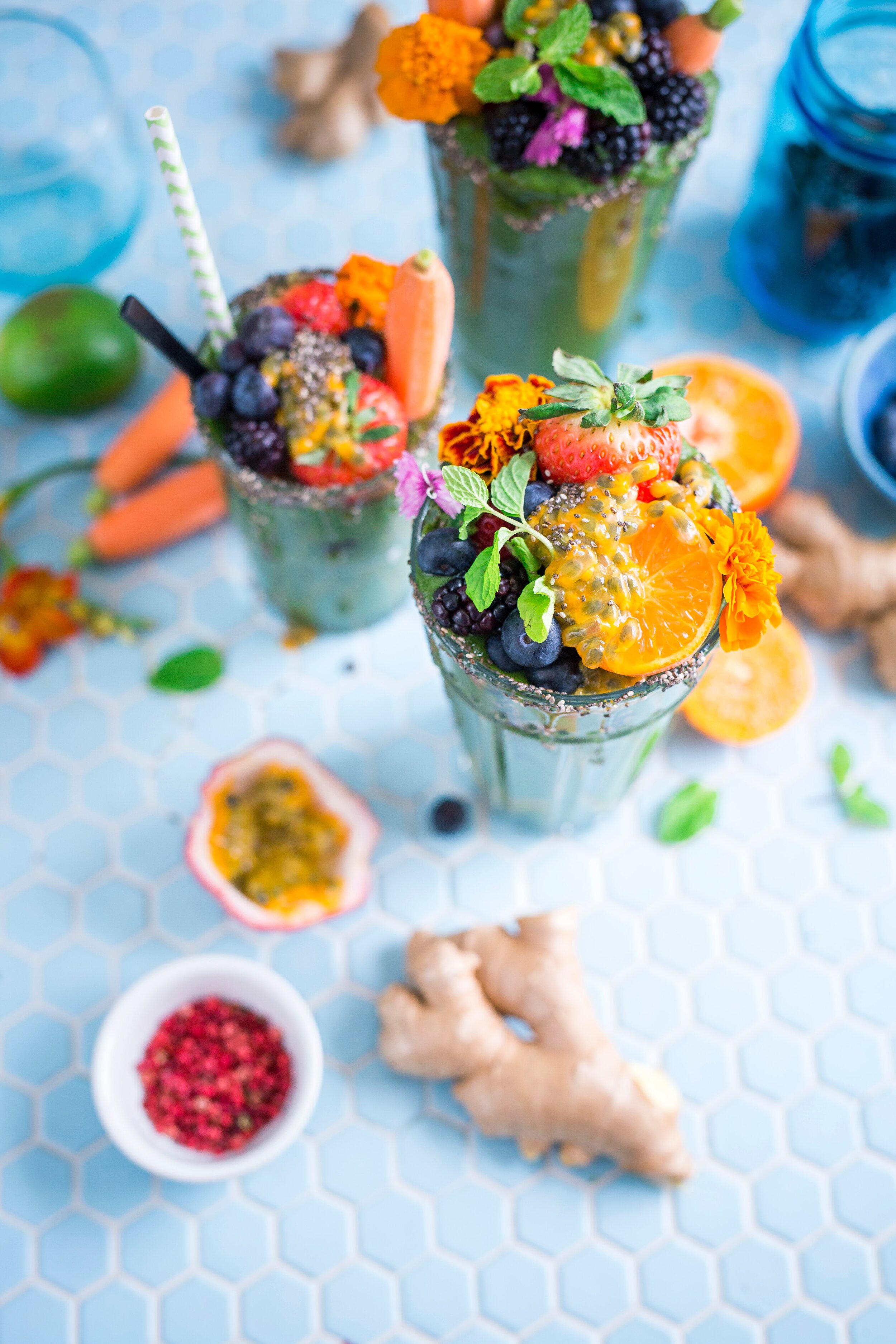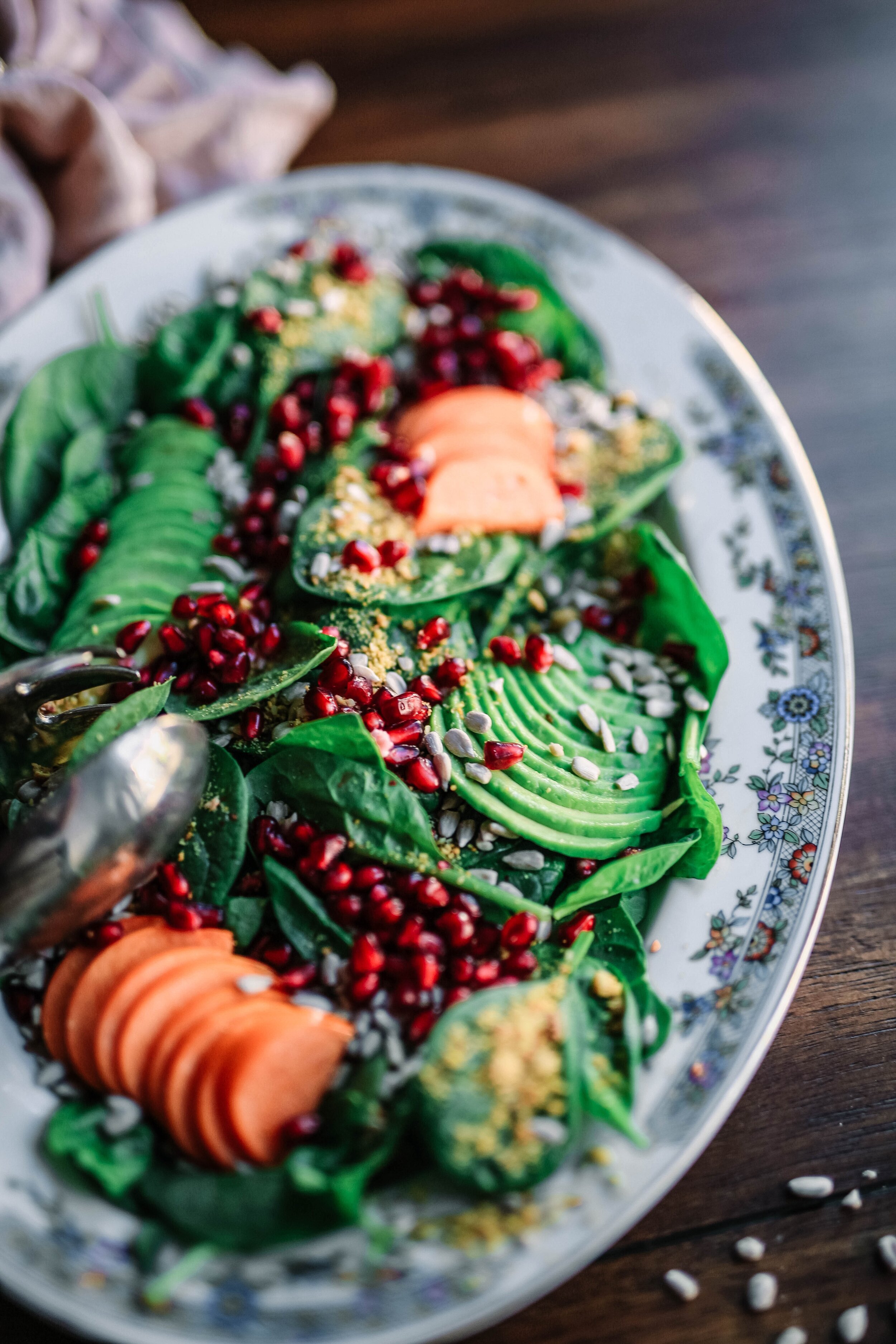Are you offering an inclusive menu?
Ask any foodservice professional who’s been around the block a few times and they’ll tell you that over the past decade, the growing public awareness around diet, food intolerances and allergic reactions has had a big impact on the market.
Statistics show more and more Australians are being medically diagnosed with food intolerances and allergies than ever before. These means more and more of your potential customers have special dietary requirements which they need to follow while eating out.
Add to that the growing number of consumers who are simply choosing to modify their diet, for example by going gluten free or by eating more plant-based proteins in place of meat – without any medical reason for doing so.
Regardless of the reasons behind their dietary choices, if your business doesn’t have food on the menu which meets their needs, they’ll obviously have to go elsewhere. But you might not only miss out on their order – suppose they’re dining with a party of four or five. Maybe only one of those five must adhere to a special diet – but they all want to eat together, so if your menu doesn’t offer a meal to suit that one person’s needs, you’ll miss out on all five orders.
Do the maths and it quickly becomes clear that over the course of a week, a month and a year, that’s an awful lot of potential business you could be missing out on.
So making a few modifications to the menu, either by changing the recipes of existing meals, or adding new ones suitable for those customers with dietary restrictions, is a sound business decision.
It means you are expanding your potential customer base and capturing more of the market, by offering a more inclusive menu.
“Over the past decade we’ve gone from consumers saying ‘I can’t eat that because I’ve got an allergy or a food intolerance’ to ‘I’ve read that eating such and such a food isn’t good, so I’m making a lifestyle choice to avoid gluten, dairy or whatever,” points out consultant chef Peter Wright.
“Twenty years ago special dietary requirements made up about three per cent of your customers, today it’s around 28 per cent.”
Plant-based proteins cater for the flexitarian market
“The modern kitchen has also got a smaller team than in the past, so we’re relying on manufacturers to create food for us. If you’re running a small café, you can’t guarantee a meal is gluten free if you’re preparing it from scratch in your kitchen because the very fact that there are gluten ingredients in there means the risk of cross-contamination is unacceptably high – the Australian standard for a gluten free meal is that it must contain no detectable gluten. So instead we’re seeing the term “made from gluten free ingredients” because that’s the most you can claim. If you’re using the same toaster for gluten free bread as regular bread, or the same deep fryer or even the same cutting board, then cross-contamination can occur.
“The situation is the same with common food allergens like peanuts. So what we’re seeing now is that the menu is changing to eliminate these kinds of ingredients. Instead of having a couple of items which are gluten free, the whole menu is going gluten free – gluten-containing ingredients will become the exception rather than the norm. We’ve already seen major manufacturers like Nestlé Professional and Unilever FoodSolutions undertaking major reformulations of gravies, sauces, meat rubs and so on to make them gluten free and that trend is only going to expand.”
Peter says the current focus for making the menu more inclusive is on plant-based proteins which cater for the growing ‘flexitarian’ market. “Plant-based has definitely gained momentum in the last year of two, and there’s now such a plethora of menu items available – it’s not just meat-free burger patties, you can get almost anything now. I saw some ‘crabless’ cakes the other day which look and taste just like crab cakes but don’t have any seafood in them!
“And because plant-based proteins are cheaper to manufacture and therefore sell at a lower price point, you can make a higher profit margin by including them on the menu, so it’s easy to see why people are so keen to promote them.
“We all like to talk about environmental sustainability, but we also want to make money, and the fact is that with the price of red meat and fresh fish as high as it is nowadays, substituting these with plant-based proteins will help you improve your bottom line.”
“We all like to talk about environmental sustainability, but we also want to make money, and the fact is that with the price of red meat and fresh fish as high as it is nowadays, substituting these with plant-based proteins will help you improve your bottom line”
Modifying existing meals to make them gluten free
At the Ary Toukley on the NSW Central Coast, Executive Chef Alex Patterson aims to ensure 60 per cent of the menu is gluten free at any one time. “Because make most of our food inhouse, we’ve got control over what ingredients we use,” he explains, “and we’ve find the only foods we can’t really take wheat flour out of are burgers are a few others. We’ve very mindful of gluten free and have been for years. We also make sure we have a lot of vegan options available. Vegan Desserts especially are often difficult in this regard because cream and butter are such key components and vegan means not just meat free but dairy free. But we try to offer vegan panna cotta or crème brulee, which you can make in bulk and cold set so they’re always ready to go.”
Alex says it’s fairly common for customers to ask if an existing meal can be modified to make it gluten free by substituting ingredients. “We always have descriptors on the menu to let customers know whether our food is gluten free, dairy free, vegan and so on and we always strive to be adaptable. For example we have gluten free chips available and we have a designated fryer and preparation area for gluten free preparation so we can swap ingredients out. Gluten free is probably the biggest dietary requirement we cater to, it’s a good 20 per cent of customers and you see it regularly on the dockets in the kitchen.”
He and his team strive to be mindful regarding cross-contamination: “It’s a matter of constantly educating the staff and reminding them that we have a dedicated gluten free fryer and preparation area and that is always kept aside and never changed. The staff know, for example, that when they get a gluten free pizza order they need to put that pizza together in the dedicated gluten free area and use the designated utensils, ingredients and containers to maintain that separation.”
Dietary awareness driving new menu creativity
The growing awareness among foodservice professionals of their customers’ allergens and dietary preferences is driving a new creativity on the menu, says consultant chef Adam Moore. “It started with chefs and restaurateurs realising that if they don’t cater to these tastes, the customers won’t come in the doors. Then there was a bit of a panic, but once you start to see how much information is available out there, people started going down different avenues and it has led to a lot of changes. The awareness of the flexitarian diet, the understanding of what vegan food is, is leading to chefs actually producing enticing dishes instead of the old standbys like ratatouille or salad.
“They’re realising, for example, you can use pulled mushroom in place of a pulled brisket in a burger and get the same effect. You can use the same sauce and other ingredients and simply swap out the protein. So awareness has lagged behind for some time but now it’s catching up and foodservice professionals are becoming more cognisant about what they need to do. The convenience products coming onto the market are certainly helping in that regard.
“It really comes down to greater understanding – awareness of gluten free, vegan and things like nut allergies has become a lot more common, and now we’re looking at customers who are following a low FODMAP diet or who might be allergic to garlic or onion, which is difficult because they’re used to add flavour to a whole range of products including sauces, but it can be done.
“Seafood allergy is another area where a lot of the big venues are putting very good systems in place to increase awareness. So it will continue to evolve and we’ll see more and more new products come into the marketplace which offer alternatives to those ingredients which some customers are seeking to avoid.”











